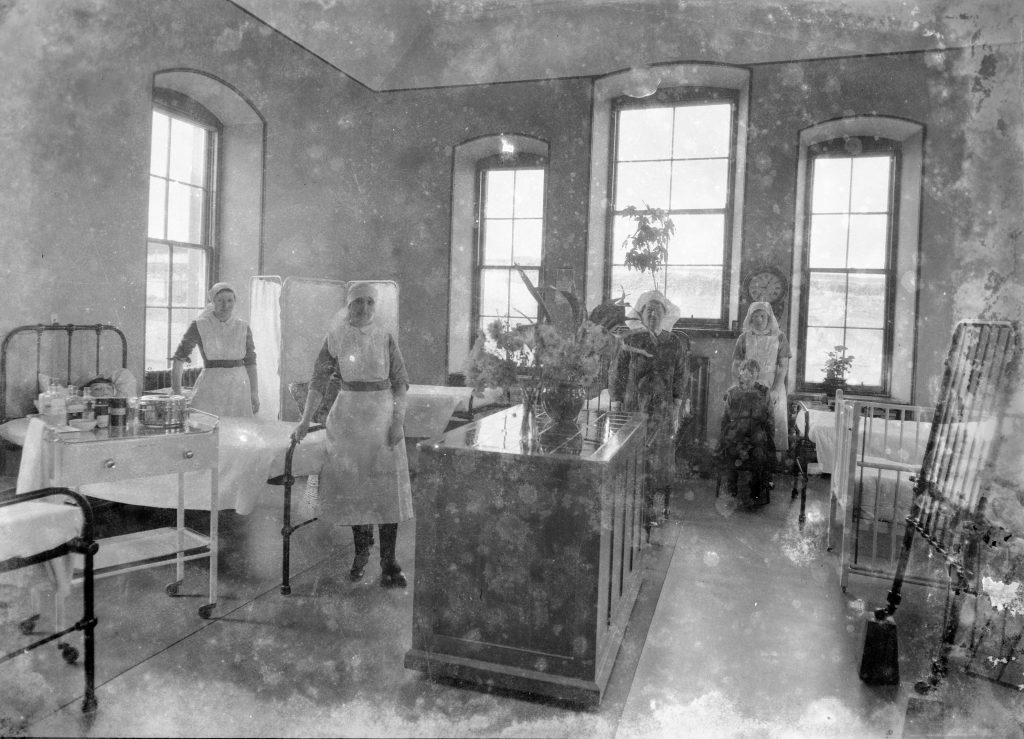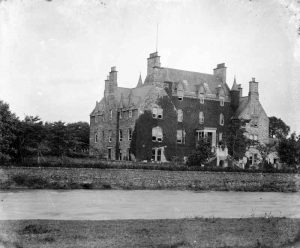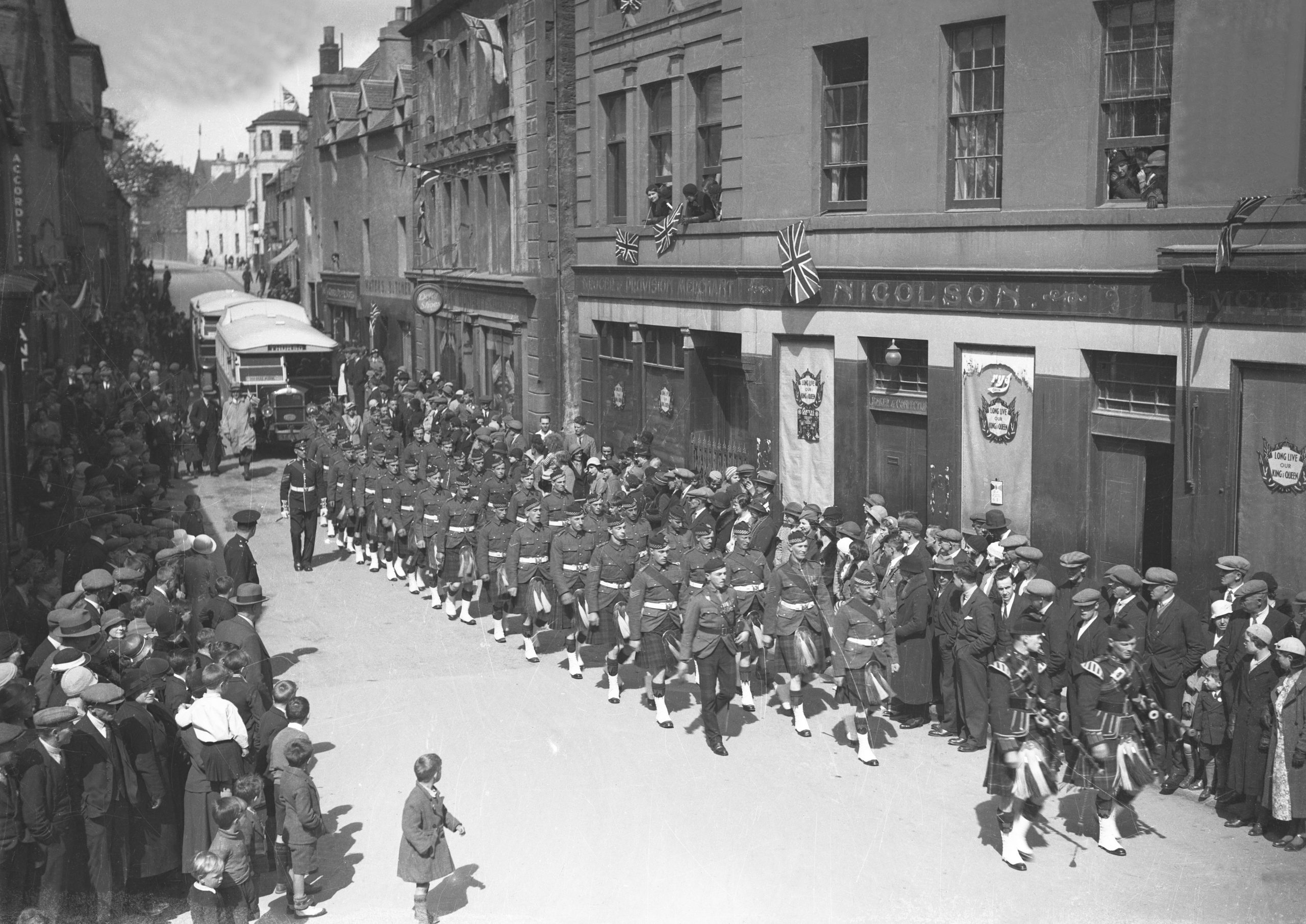The requisitioning of country homes, hotels and stately manors was widespread across the whole country during both the First and Second World Wars. The north of Scotland was no exception, with several fine buildings being repurposed to serve as hospitals, schools, maternity units or accommodation for the military undertaking training or carrying out special duties in that area. During World War II many of the Highland Regiments trooped into the area … Camerons, Seaforths, Black Watch, Lovat Scouts and many more. In the town of Wick alone, the customary 7,000 inhabitants very quickly increased to 20,000! Everyone had to rally to help the war effort and over a period of six years, Caithness saw more action than most.
As remote as Caithness is, far from the military commanders’ decision-making in London, the war effort had a number of significant links to the area with a high degree of confidentiality and secrecy behind the operations. Halkirk was one village which experienced a good deal of military activity with Braal Castle and the Ulbster Arms Hotel being requisitioned for accommodation for the army on special assignments in the area.
One particular assignment was to assist in the setup of Auxiliary Units, specially trained volunteers, often recruited from First World War veterans. These units became known much later as the ‘Secret Army’, highly trained in explosives, weapons and even unarmed combat. With secret ‘hides’ dotted all around Caithness, these trusty volunteers lived a secretive life while keeping a very close eye out for potential enemy attack – when tactics of sabotage would come into force. Known locally as the ‘Hush-Hush’, nobody would ever have been aware of their activities – even neighbours or family members would have been very much kept in the dark to ensure everyone’s safety in the event of enemy infiltration. Many ‘hides’ were set up across the region and from these vantage points, the volunteers’ mission was to emerge under darkness, attack the enemy and create havoc with the local infrastructure. The Cameron Highlanders based at Halkirk helped dig some of these hides as well as undertake intense training of these covert warriors!
A completely separate ‘Special Duties Section’ also evolved which focused entirely on ‘intelligence gathering’. Unlike the Auxiliary Units, those involved were provided with radios linked to 32 hidden ‘Controls’, carefully monitored by ladies from the ATS. One Control was apparently based in Elgin. The Pinefield Area Control was located at a former WW2 camp, now making up a significant part of Pinefield Industrial Estate. The single storey brick building was last used for Civil Defence purposes in 1968.
It’s interesting to note that the vital duties of both these groups were entirely secret from one another – they were sworn to complete confidentiality on all matters.
Despite being the most northern county in the country, there’s no doubt the people of Caithness became part of a different ‘front line’ – one which involved a great deal of classified activity, extremely significant to the wider war effort.


